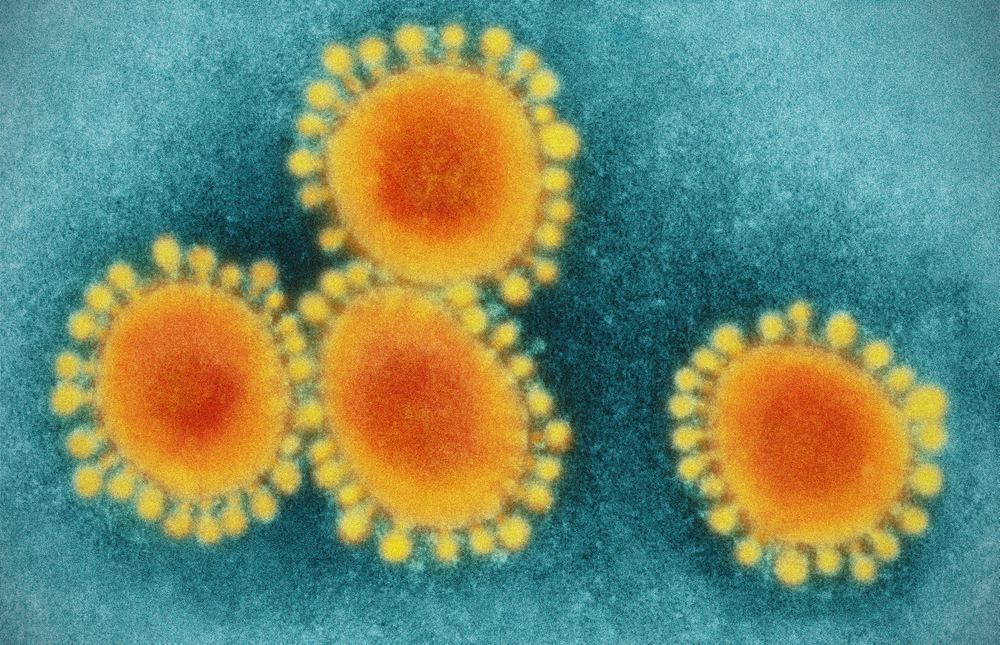
What is being tested?
TORCH is an acronym for a group of four infectious diseases that may cause illness in pregnant women and may cause birth defects in their newborns depending on the stage of pregnancy when the mother is infected. The test is a screen for the presence of any of the antibodies to these infections. Confirmation of an active infection may require more specific tests.
The following tests make up the TORCH panel:
How is it used?
Blood may be tested from either the mother or the newborn infant to determine if the illness observed in the newborn is caused by one of these infections. A blood test can determine if the person has had a recent infection, a past infection, or has never been exposed to the organism. Patients with recent infection with one of the TORCH agents will have IgM antibody to the specific agent, and those with a past infection will have an IgG antibody and no IgM antibody, and the IgG should remain for life. If neither immunoglobulin is detectable, it is likely there has been no infection with these microorganisms. Sometimes, if the infection is too recent to detect an antibody response, your doctor may ask you to repeat the test to look again for these antibodies.
When is it requested?
The test is ordered if a pregnant woman is suspected of having any of the TORCH infections. Rubella infection during the first 16 weeks of pregnancy presents major risks for the unborn baby. If a pregnant woman has a rash and other symptoms of rubella, laboratory tests are required to confirm the diagnosis. A physician cannot tell if a person has rubella by their clinical appearance since many other infections may look the same. Women infected with toxoplasma or CMV may have flu-like symptoms that are not easily differentiated from other illnesses. Antibody testing will help the physician diagnose an infection that may be harmful to the unborn baby.
The test may be ordered on the newborn if the infant shows any signs suggestive of these infections, such as:
What does the result mean?
Results are usually given as positive or negative, indicating the presence or absence of IgG antibodies for each of these infectious agents (toxoplasma, rubella, and CMV. Presence of IgM antibodies in the mother can suggest a recent infection with that organism. IgM antibodies produced in the mother cannot cross the placenta so presence of this type of antibody in the infant strongly suggests an active infection. Presence of IgG and absence of IgM antibody in the infant may reflect passive transfer of maternal antibody to the baby and may not indicate active infection in the baby.
Likewise, the presence of IgM antibody in the pregnant woman suggests a recent infection or reactivation of the virus or parasite. Further testing must be done to confirm these results since IgM antibody may be present and persist for other reasons. IgG antibody in the pregnant woman may be a sign of past infection with one of these infectious agents. By testing a second blood sample drawn at least two weeks later, the level of antibody can be compared. If the second blood draw shows an increase in IgG antibody, it strongly suggests a recent infection with the infectious agent.
Is there anything else I should know?
Use of the TORCH panel to diagnose these infections is becoming less common since more specific and sensitive tests to detect infection are available. Relying on the presence of antibodies may delay the diagnosis since it takes days to weeks for the antibodies to be produced. Detection of the antigen, detection of nucleic acids can be done earlier in the disease process and are more specific.
Common questions
A positive IgG antibody test is usually a sign of past exposure to the TORCH agent and is not a marker for current active infection. Detection of IgM antibody is more difficult, and false negative and false positive results may occur. Any positive results should be confirmed with additional specific tests before the diagnosis is considered valid. If your doctor suspects that you or your newborn may have one of these infections, even though the results were negative, other tests for the suspected infection should be done.
To make the diagnosis of an active infection with one of the TORCH agents, more specific confirmatory tests may be required. In a baby, cerebrospinal fluid testing (requiring a lumbar puncture or “spinal tap”) is often used to confirm toxoplasmosis, herpes and rubella; urine may be tested for cytomegalovirus; and skin lesions may be scraped and tested for herpes simplex virus. Making the diagnosis of toxoplasmosis in the pregnant woman or the baby may require additional blood samples, which are sent to a reference lab that specialises in this testing.
Making the diagnosis while the mother is still pregnant may require tests such as amniocentesis which will be discussed with you and organised by your doctor.
Pathology Tests Explained (PTEx) is a not-for profit group managed by a consortium of Australasian medical and scientific organisations.
With up-to-date, evidence-based information about pathology tests it is a leading trusted source for consumers.
Information is prepared and reviewed by practising pathologists and scientists and is entirely free of any commercial influence.